
Mussorgsky – Pictures at an Exhibition – Music | History
Mussorgsky – Pictures at an Exhibition Pictures at an Exhibition ( A Remembrance of Viktor Hartmann’, French: Tableaux d’une exposition) is a suite of ten pieces[…]

Liszt – Années de pèlerinage II, S. 161 – Music | History
Liszt – Années de pèlerinage II, S. 161 Années de pèlerinage (French for Years of Pilgrimage) (S.160, S.161, S.163) is a set of three suites for[…]
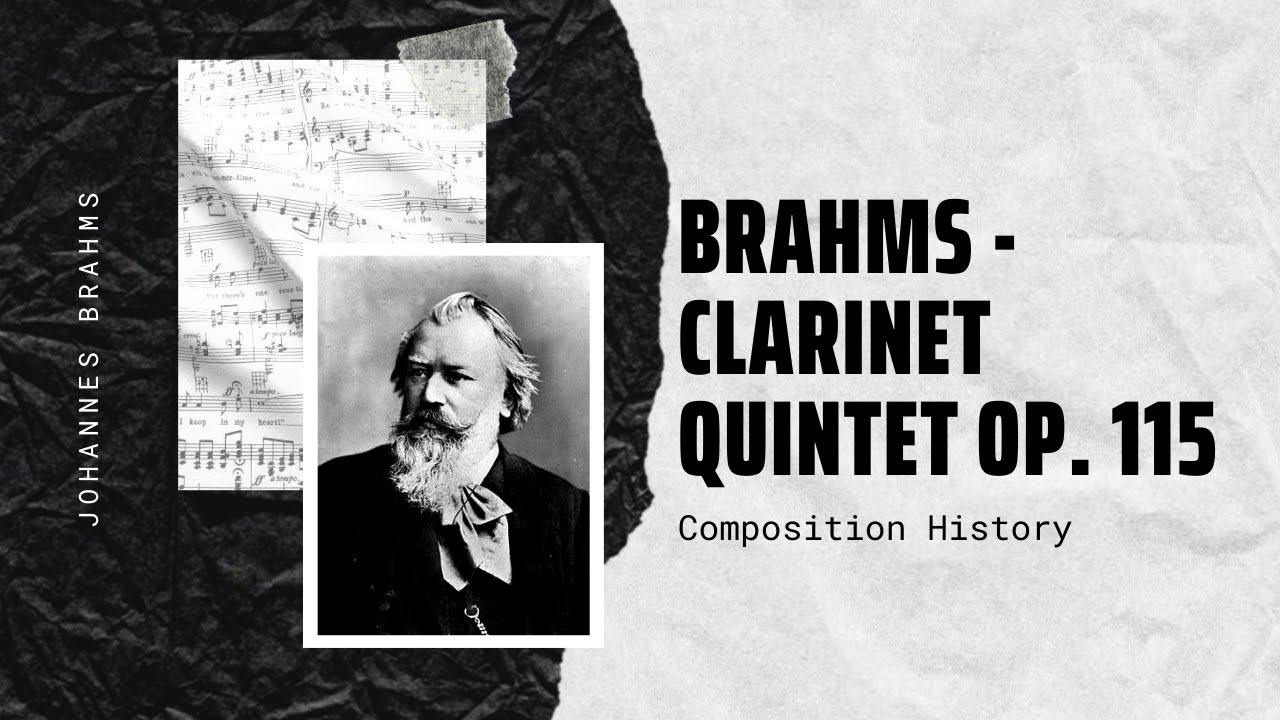
Brahms – Clarinet Quintet Op. 115 – Music | History
Brahms – Clarinet Quintet Op. 115 The Clarinet Trio in A minor, Op. 114 is one of four chamber works composed by Johannes Brahms featuring the[…]
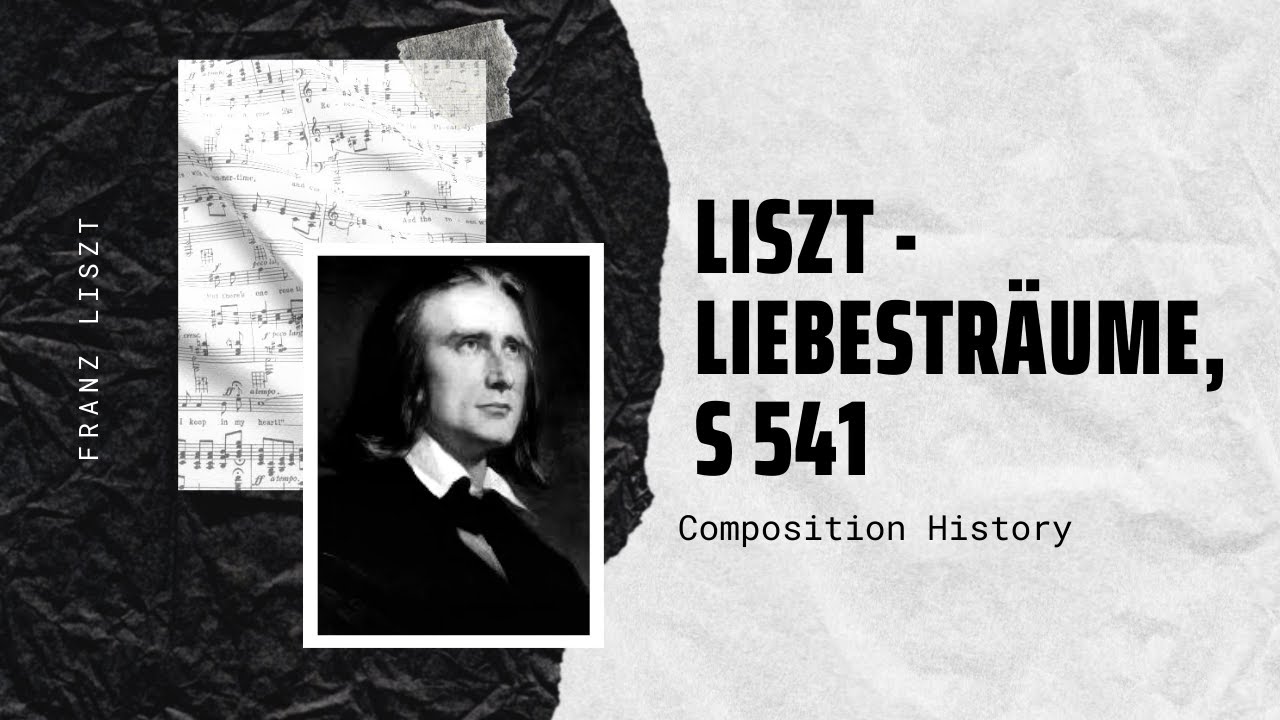
Liszt -Liebesträume, S 541 – Music | History
Liszt -Liebesträume, S 541 Liebesträume (German for Dreams of Love) is a set of three solo piano works (S.541/R.211) by Franz Liszt, published in 1850. Originally[…]
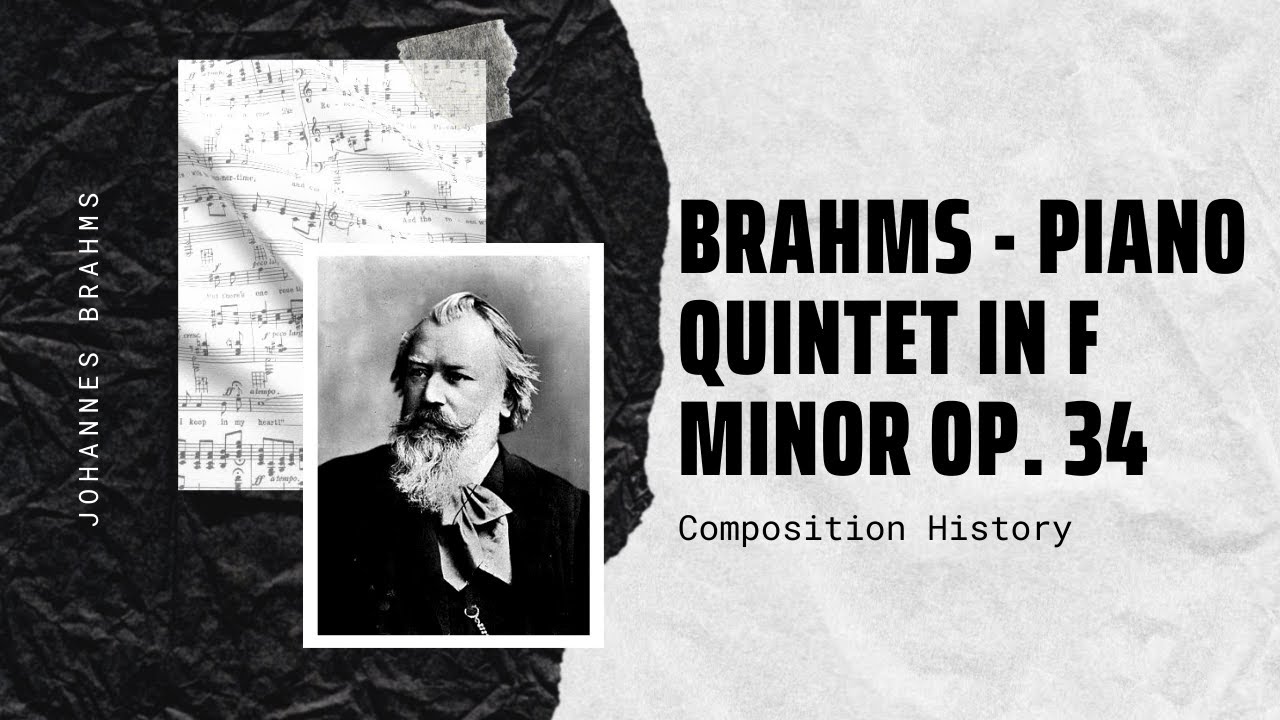
Brahms – Piano Quintet in F minor Op. 34 – Music | History
Brahms – Piano Quintet in F minor Op. 34 The Piano Quintet in F minor, Op. 34, by Johannes Brahms was completed during the summer of[…]
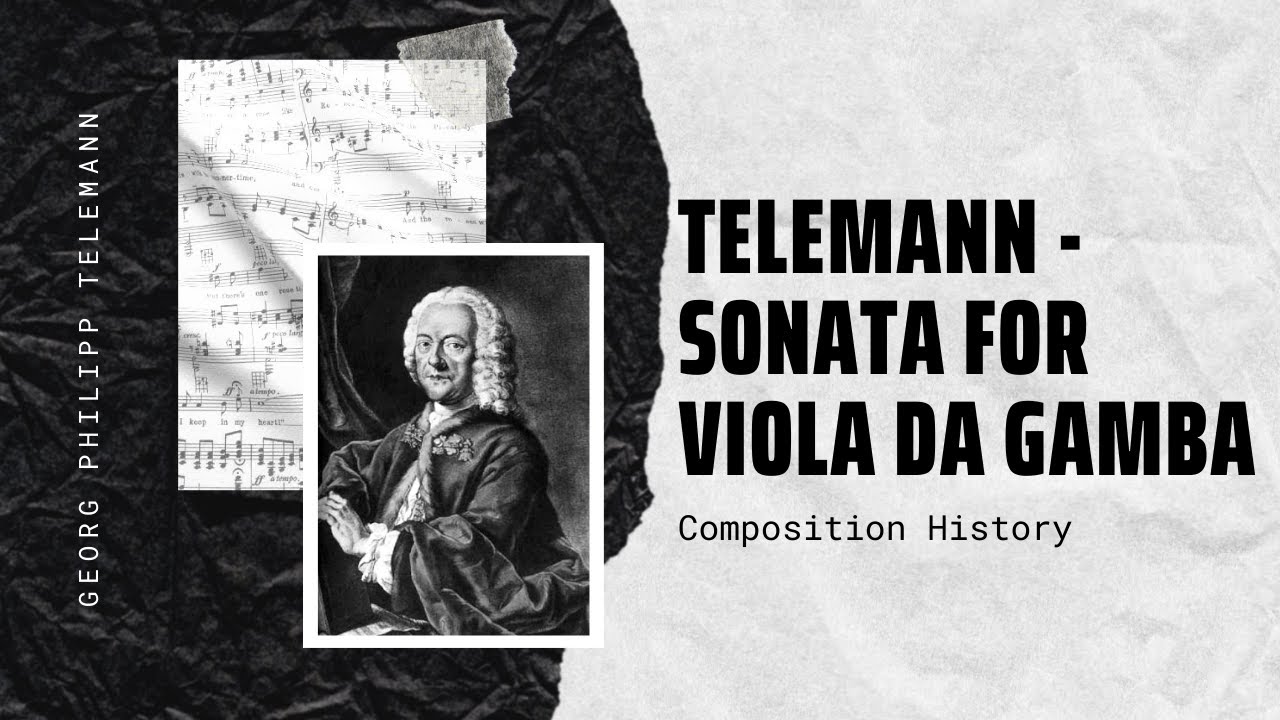
Telemann – Sonata for Viola da Gamba, TWV 40-1 – Music | History
Telemann – Sonata for Viola da Gamba, TWV 40-1 Georg Philipp Telemann’s collection of Twelve Fantasias for Viola da Gamba Solo, TWV 40:26–37, was published in[…]
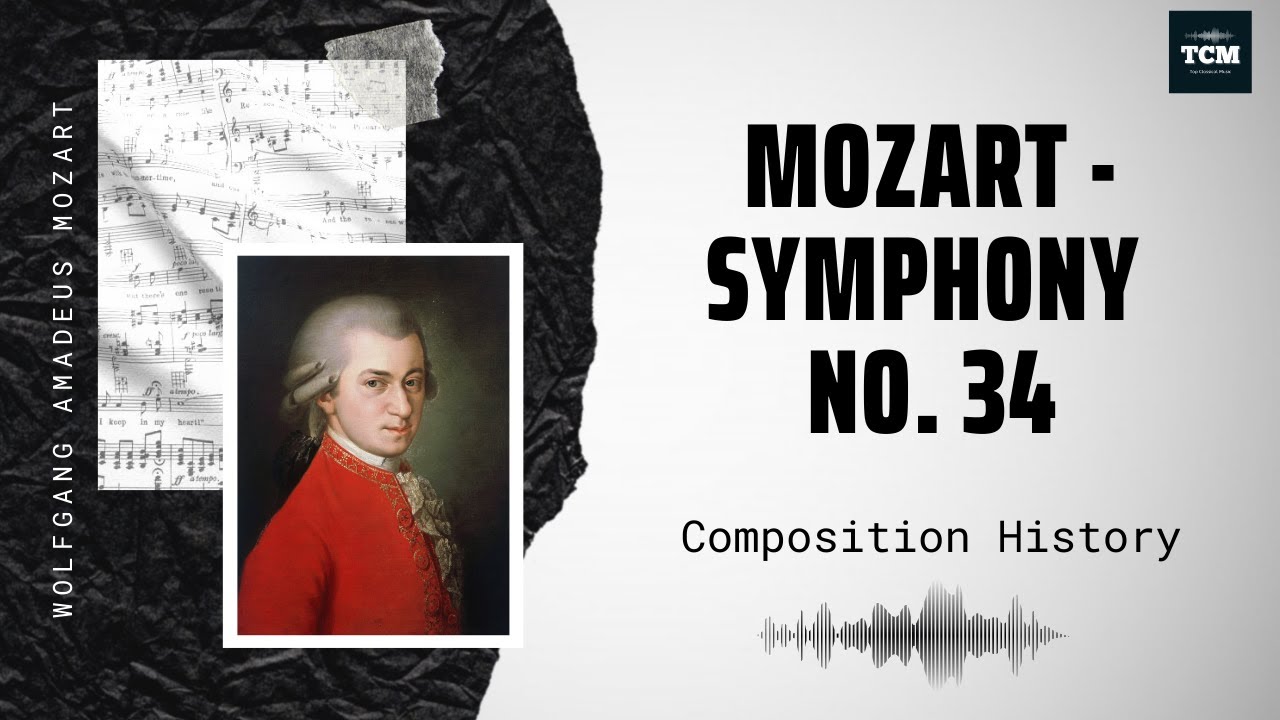
Mozart – Symphony No. 34 in C major – Music | History
Mozart – Symphony No. 34 in C major The symphony features the fanfares and flourishes typical of the “festive symphony” or “trumpet symphony”, which is characteristic[…]

Chopin – Mazurka in B major Op. 63 No. 1
Frédéric Chopin wrote his set of three Mazurkas for solo piano, Op. 63, in 1846. They were published the following year, and dedicated to Laura[…]

Liszt / Wagner – Overture to Tannhauser – Piano version S 442
Tannhäuser (or Tannhäuser and the Singers’ Contest at Wartburg Castle) is an opera in three acts, written by Richard Wagner between 1842 and 1845, and[…]

Bach – Harpsichord Concerto No. 6 in F major, BWV 1057
Johann Sebastian Bach composed his Harpsichord Concerto no. 6 in 1738. The work has a span of three movements, and it is in the key[…]